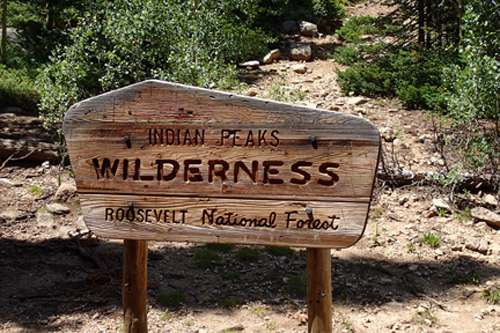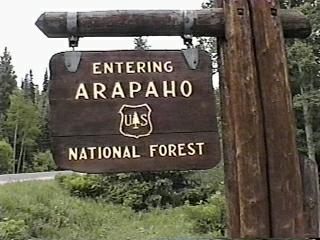I think I may have some useful information for you.
I took a five month trip out west just last year and I spent a great a lot of my time in Utah, especially in the southwest and south central Utah. I love the high desert, plus I like to photograph wild flowers, so I like to arrive in the area before the Desert wildflowers start to bloom and they start to bloom in late March and early April.
I took my first adventure and camping trip way back in 1973 and I have been able to go back there a number of times over the years.
You can't or are not supposed to fly any kind drone in the National Parks, but if you are willing to do a lot of off road driving and or hiking, you can fly to your hearts content.
I am am sure to catch some grief for telling you that, but there are a number of wilderness areas that you can fly safely and legally fly. These areas consist of millions of acres and incredibly wide open and beautiful country. So again, you can fly your drones legally or at least not be hassled because you will mostly likely not see very many people, if any.
A lot depends on the time of year and where you will wish to enter the state.
I did fly in in some the state parks, but when I went into the Kodachrome Basin State park, I asked at the kiosk if it was okay to fly my drone. The ranger told me that the new rules were not law, but they told me no. Now I had been going into the Kodachrome Basin area before they were even born and that trip may be the last time I ever get a chance to come back to that incredible place. I politely added that I may be a "bad boy" one time and launch my drone one time around the perimeter outside of the campground just long enough to film the rock formations found nowhere else in the world and I did.
I have many photographs and I am in the throes of learning how to do put good or at least decent videos. I took over 3,000 photographs with my different cameras including my iPhone, as well as over 60 videos.
When I left my home here in North Carolina, I had only about ten maybe 12 hours of flight time on my P3Pro, so I made a number of rookie mistakes like flying to fast when close to the ground, doing 360s to fast, stuff like that. I was actually too over cautious, so I am going back hopefully before Spring starts.
I wish there was a way I could give you my cellphone number. If you are on Facebook, let me know. I have numerous maps and other useful information.
Sent from my iPhone using
PhantomPilots











